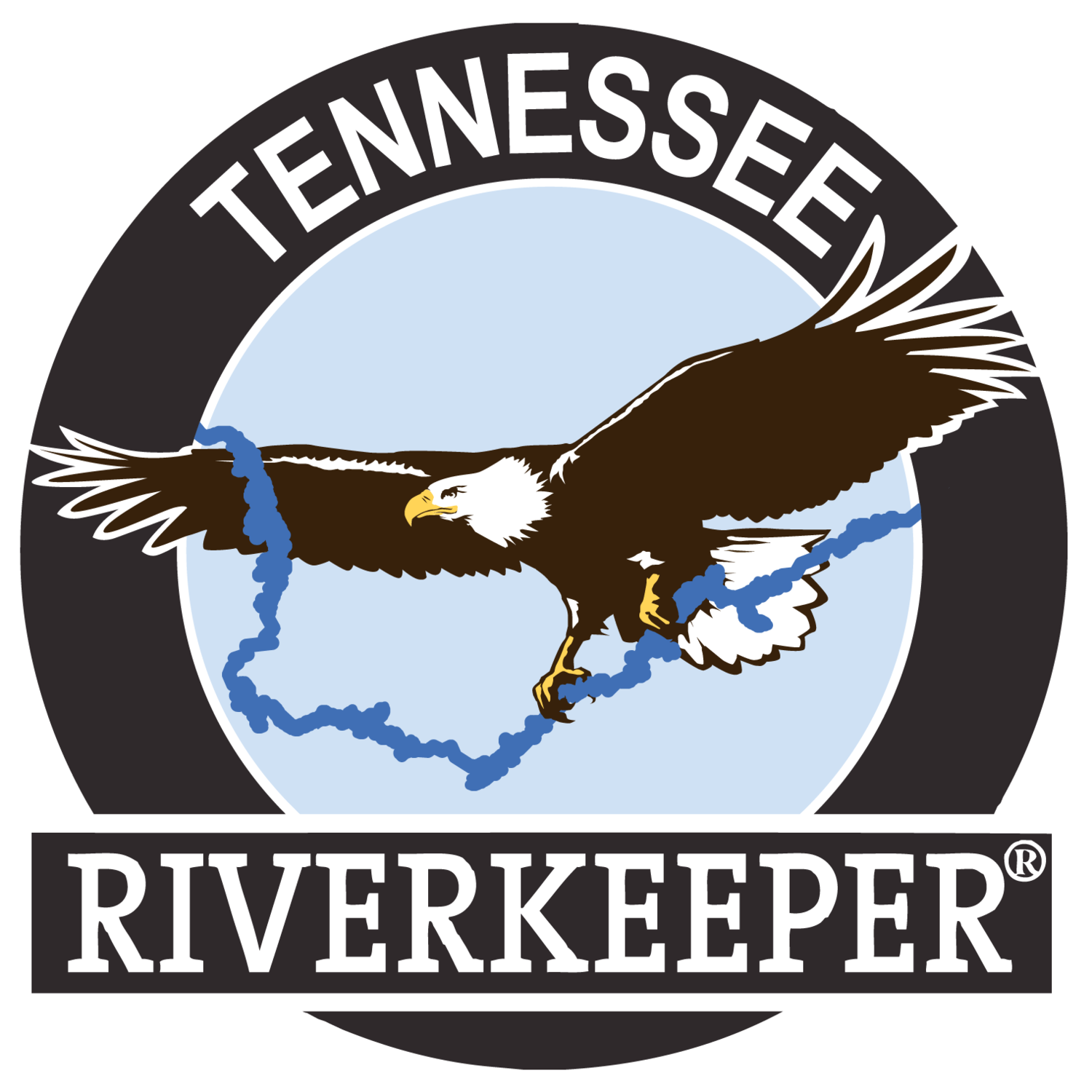EPA Proposes to Exclude Most Slaughterhouses and Rendering Plants from Updated Water Pollution Control Rules
The U.S. Environmental Protection Agency (EPA) is published proposed rules that would require pollution reductions from fewer than half of the 3,879 slaughterhouses and rendering plants that discharge waste to U.S. rivers, lakes, and streams. Slaughterhouses and rendering plants are the largest industrial source of phosphorus and the second largest source of nitrogen pollution that feeds algal blooms and fish-killing “dead zones” in America’s waterways. EPA’s preferred option in the regulations would cut pollution significantly from 126 of the largest plants that pipe their waste directly into waterways, but largely ignore the 3,708 indirectly discharging plants that send their waste to municipal sewage treatment plants, which are often overwhelmed and not equipped to treat the industrial waste.
Photo credit: epa.gov
“Many municipal wastewater treatment plants cannot handle the slaughterhouse and rendering facility waste they receive, likely contributing to 73% of these treatment plants violating their clean water permit limits,” said Kelly Hunter Foster, Waterkeeper Alliance Senior Attorney. “EPA must establish pollution standards for these indirect dischargers rather than allowing the industry to either pollute waterways or pass their treatment expenses off to impacted communities and citizens that cannot, and should not, bear those costs.”
EPA’s proposed rule also includes a far more protective option that could set pollution limits for 133 direct dischargers and also establish limits on nitrogen, phosphorus, and other harmful pollution from an estimated 1,485 facilities that discharge indirectly to municipal sewage treatment plants. If adopted, these standards will cut the total amount of nitrogen pollution from the industry by 83 percent (or 76 million pounds annually) and phosphorus pollution by 94 percent (or 20 million pounds).
The proposed rules are a direct response to a lawsuit filed on behalf of Waterkeeper Alliance and nine other environmental organizations in 2019 and 2022 by the Environmental Integrity Project and Earthjustice. The lawsuit demanded that EPA follow the requirements of the Clean Water Act and to modernize badly outdated technology standards for water pollution control systems for slaughterhouses and meat processing plants, which have not been updated in two decades.
Waterkeeper Alliance is among a coalition of groups demanding that EPA do more and, at a minimum, adopt the most environmentally protective alternative in the proposed rule to protect our rivers, streams, lakes, and estuaries, and to keep waste generated by slaughterhouse and rendering facilities from overwhelming public sewer systems.
EPA plans to hold an online public hearing on its proposed rules on Wednesday, January 24th and an in-person hearing at agency headquarters on January 31st. For a copy of the proposed regulations, click here.
“We are disappointed that EPA has chosen the least protective option, which is bad news for the Chesapeake region since we have far more indirect discharging slaughterhouses and rendering facilities than direct dischargers. In our region that is already suffering from nutrient pollution, the lack of limits on nitrogen and phosphorus for the majority of our plants is incredibly short sighted, especially given that the technology to do this exists,” said Robin Broder, Deputy Director of Waterkeepers Chesapeake.

